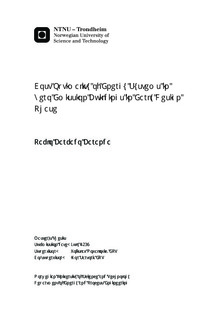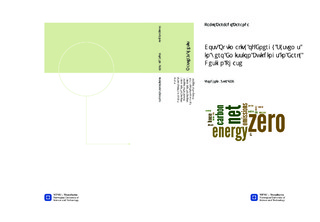| dc.description.abstract | Abstract During the uncontrolled consumption period the building sector has come to account one of the greatest proportions of greenhouse gas emissions and energy use in industrial countries. In this context, European countries have decided to address the environmental challenge by promoting the use of renewable energies and the implementation of low energy consumption requirements. For these reasons, zero emission buildings, which have a net zero annual energy demand, were regarded as a possible solution. And everything points to believe that they will continue to be crucial in a recent future. Consultants and contractors have shown the need towards a better understanding and knowledge regarding the selection of renewable energy supply solution for ZEBs. Accordingly, this Mater Thesis aims to explain how to use the new methodology for a cost-optimal selection of energy systems in early design phase analysis. It consists on a number of guidelines and Excel files that serve as templates for different calculations. The project is part of the development of a decision support method that automates the process of selecting the best system, in this particular case in office buildings. This early design phase study is not only focused on giving a cost-optimal alternative but also on performing a full analysis in terms of energy performance. It also shows the steps for both the energy systems dimension and the selection of office building parameters. A concept office building with four storeys is selected and modelled in connection with the Norwegian ZEB centre s project report 8. Following the Norwegian NZEB definition, the simulation software IDA-ICE is used as a tool for modelling the building and simulating the energy demand. It analyses six different energy supply combinations which were selected between available renewable technologies in Norway. In comparison to the previous study applied in residential buildings, this project introduces the building s cooling demand as a new feature of the analysis. Therefore, reversible heat pumps, free-cooling with the ground and chillers are also taken into account. Further, energy systems are economically compared by using global cost calculations, following the European Cost Optimal Methodology. Results are given in a graph where global costs and CO2 emissions produced by the energy balance of the building are shown in each axis. Finally the cost-optimal energy supply, the system with lower global costs, is selected like the most suitable option. In addition, the building energy performance is also discussed as an important parameter to be considered in the decision making process. At the end, the sensitivity analysis shows stable results with regard to changes in energy price development and PV area. | nb_NO |

